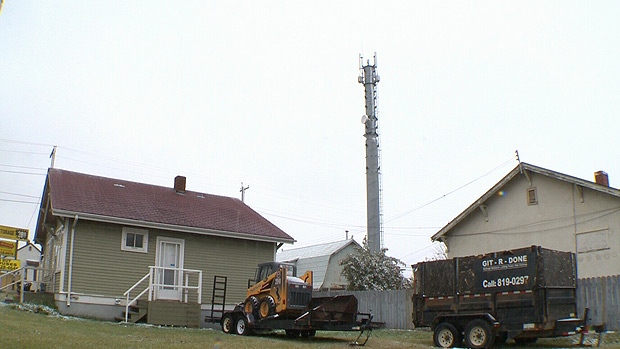
Nobody likes a cellphone tower. Not even the pretty flagpole or tree ones that have surfaced over the past few years. However, constructing these towers are important to building out our wireless coverage. According to the CWTA (Canadian Wireless Telecommunications Association) there’s over 27 million wireless subscribers and “traffic on some Canadian mobile networks is growing 5% every week.” This is most likely caused by smartphone adoption and the increase use a data.
Currently carriers can build a cell tower that is 14.9 meters high without the approval from Industry Canada. Even though carriers give ample notice on a proposed tower in a certain locations, sometimes the notice is unheard and unseen. This causes tension within the community as residents suddenly see an unwanted tower outside their kitchen window – which would be horrible for resale value.
The Federation of Canadian Municipalities (FCM) and the CWTA announced a “protocol of wireless antenna siting process systems.” Basically ensuring the process of installing a cellphone tower is clearly communicated. According to the press release “the purpose of the protocol is to ensure there is notification and meaningful local consultation on the location and visual aesthetics of antenna systems before they are installed, and that Canadians continue to have access to the wireless services they need to support their businesses and stay connected with their families.”
The carriers are all on -board this new structure, which is surprising and nice to see. The carriers have agreed to “notify municipalities of all antennas being installed before their construction, regardless of height, and to undertake full public consultation for towers under 15 meters – whenever deemed necessary by the municipality.”
We’ve seen some creative options for cellphone towers/antennas – trees and flagpoles – but this new way will make an effort, regardless of location, for the towers to “be designed in terms of appearance and aesthetics to respect their immediate surroundings (e.g. residential, parkland, Heritage district, etc.), including being unobtrusive and inconspicuous, minimizing visual impact, avoiding disturbance to natural features, and reduce the need for future facilities in the same area, where appropriate.”
Looks like the Canadian landscape will be easier on the eyes, plus continue to have the coverage we need.
MobileSyrup may earn a commission from purchases made via our links, which helps fund the journalism we provide free on our website. These links do not influence our editorial content. Support us here.


